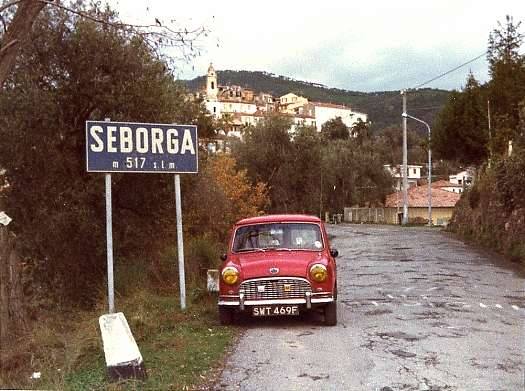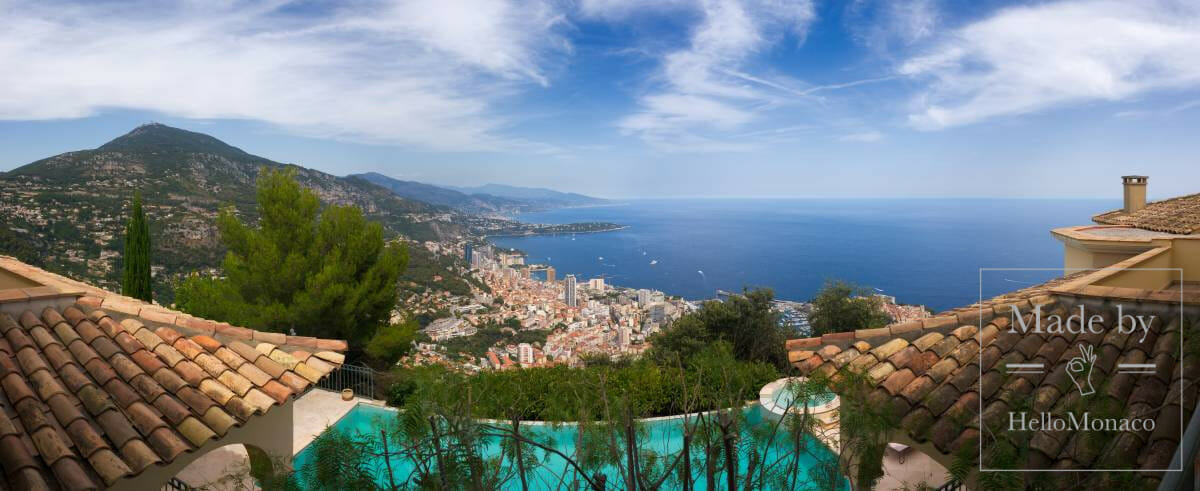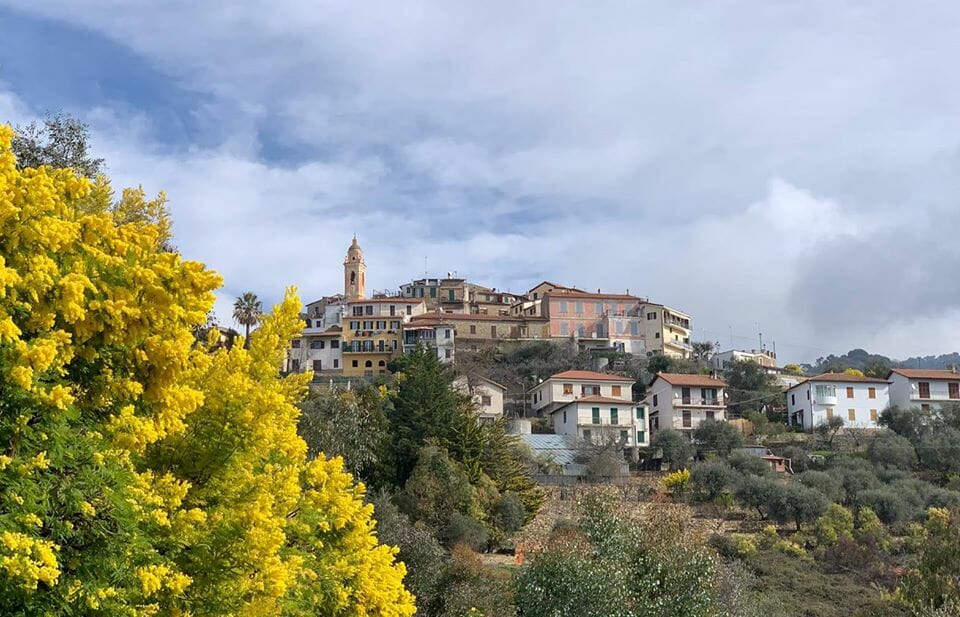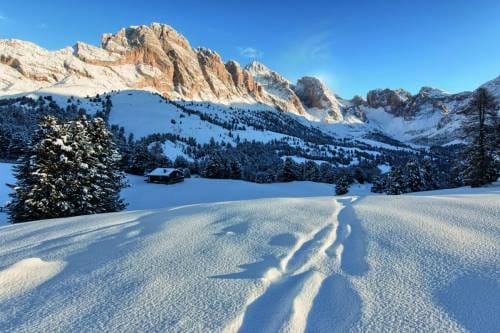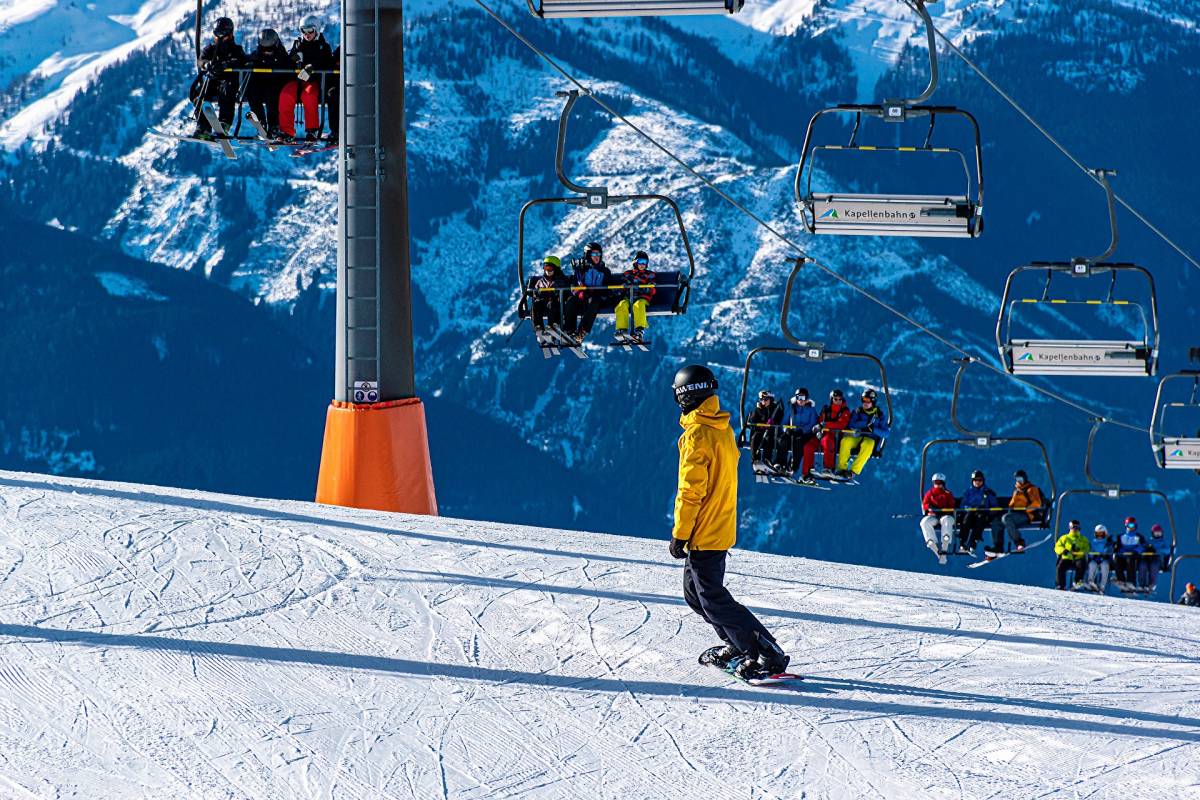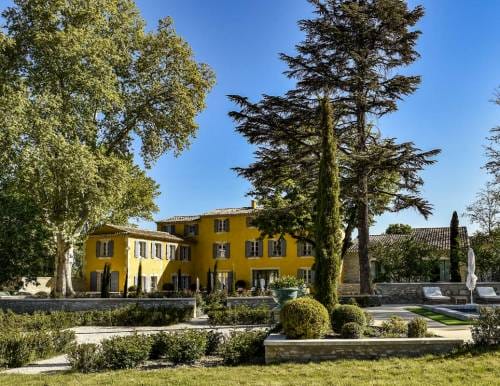Giorgio I, Prince of Seborga, Prince Marcello I, Princess Nina… It all has a charming ring to it, don’t you think? The Principality of Seborga does exist and is indeed quite close to Monaco, nearer than Èze in fact, but traveling in the opposite direction just across the Italian frontier, north of Ventimiglia and Bordighera. Seborga with its fewer than 400 inhabitants is small. Its status could be called exceptional, almost miraculous and somewhat haphazard. Though a Principality, it clearly lives within the context of the Italian state and is unrecognized as a separate state, except mainly by its own citizens.
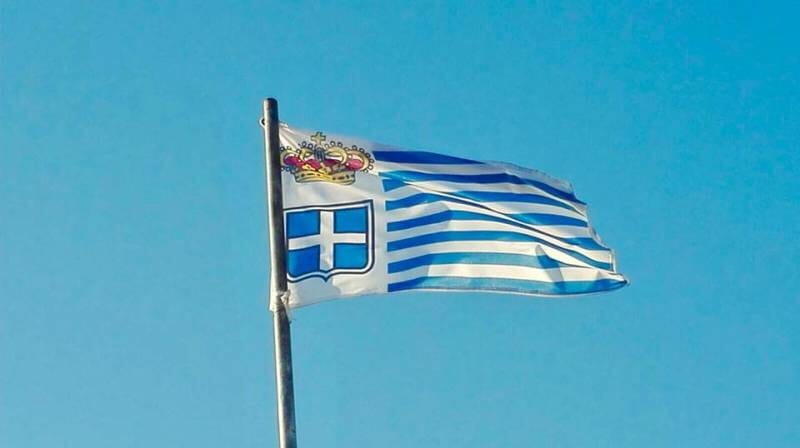
Knights Templar and Princes
It is a fascinating fact that Seborga is not mentioned in any formal documents when the Kingdom of Italy was united in 1861. Seborga is a constitutional lawyer’s dream that was lying latent until in 1963 a local, Giorgio Carbone, a florist passionate about the history of his village, made the formal step to translate the dream into self-proclaimed reality. «His Serene Highness» became elected Prince. The Prince was known locally as Sua Tremendità (His Tremendousness). The national anthem of Seborga, with the apt title «La Speranza» (The Hope), was composed by Carbone himself and set to music by Maestro Luigi Poggi of Bordighera in 1994. In 1995 Seborgians voted for the official Constitution.
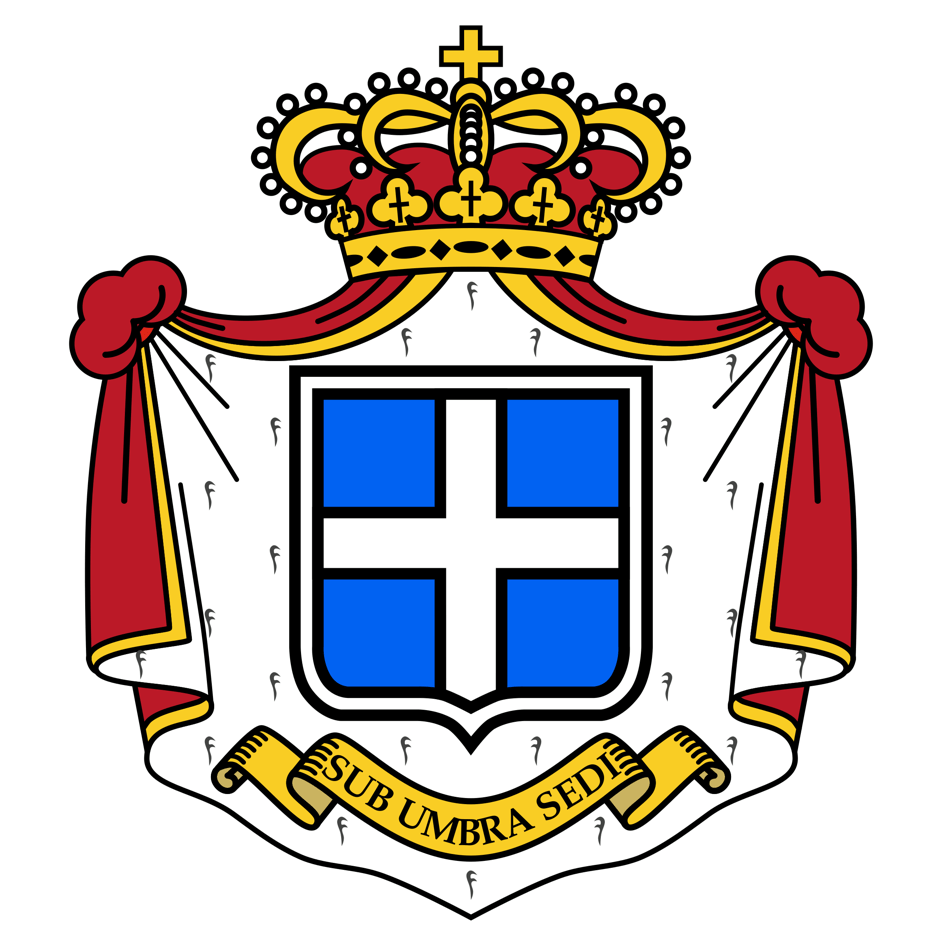
Exclusion from maps and listings in Italy’s own constitutional documents might be considered an error of oversight, but Seborga‘s claim to be a Principality rests on the argument that Vatican archives show that the Counts of Ventimiglia donated Seborga to the Benedictine monks in 954. Then in 1079 the Principality was formally created with a Prince of the Holy Roman Empire, the Abbott, seated there as its Prince. Seborga was also an important center in the next century for the Knights Templar. Contested is a subsequent sale of Seborga to the Savoy dynasty on the grounds that it was not formally registered. Helpful to the case is the fact that the Congress of Vienna in 1815 overlooked Seborga in its redistribution of European territories after the Napoleonic wars.
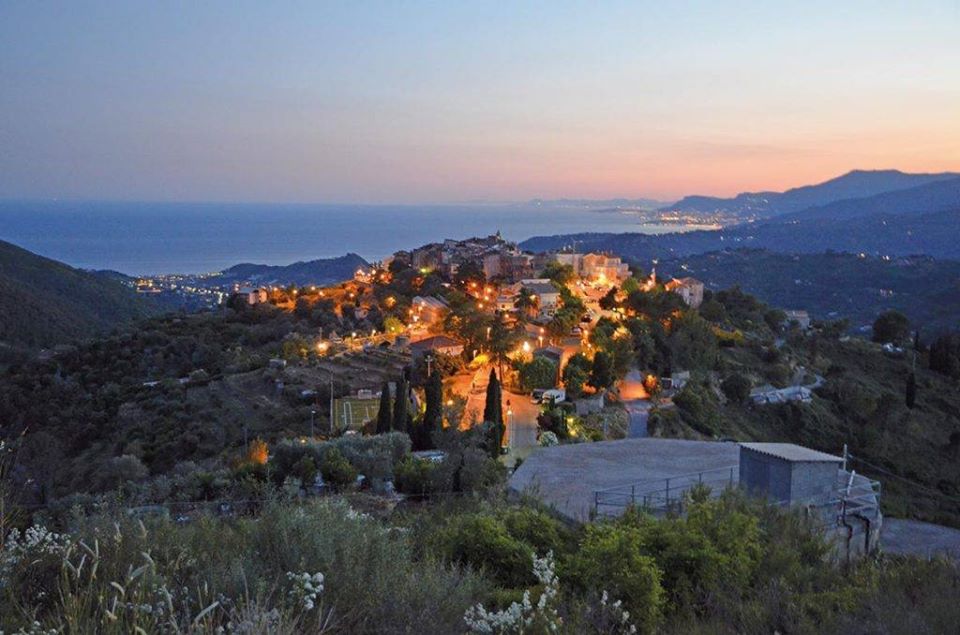
A Medieval Rural Italian Village with Pomp and Ceremony
Thus, Monaco has on its doorstep a pretty and tiny country village with all the self-proclaimed trappings of a Principality, even if it is mainly Seborgans themselves that buy into the legal formalities as opposed to universal acceptance accorded to the legitimate rich history. The bubble of this would-be fairy story bursts when we reveal the residents of Seborga pay regular taxes to Italy and they vote for a «normal» mayor every 5 years. There being no financial miracle or verifiable continual robust history of real independence, Seborga is a unique curiosity with definite tourist appeal. Pomp and circumstance aside, Seborga is a pretty Italian village full of history with the «Orange Flag» seal of excellence awarded by the Italian Touring Club.
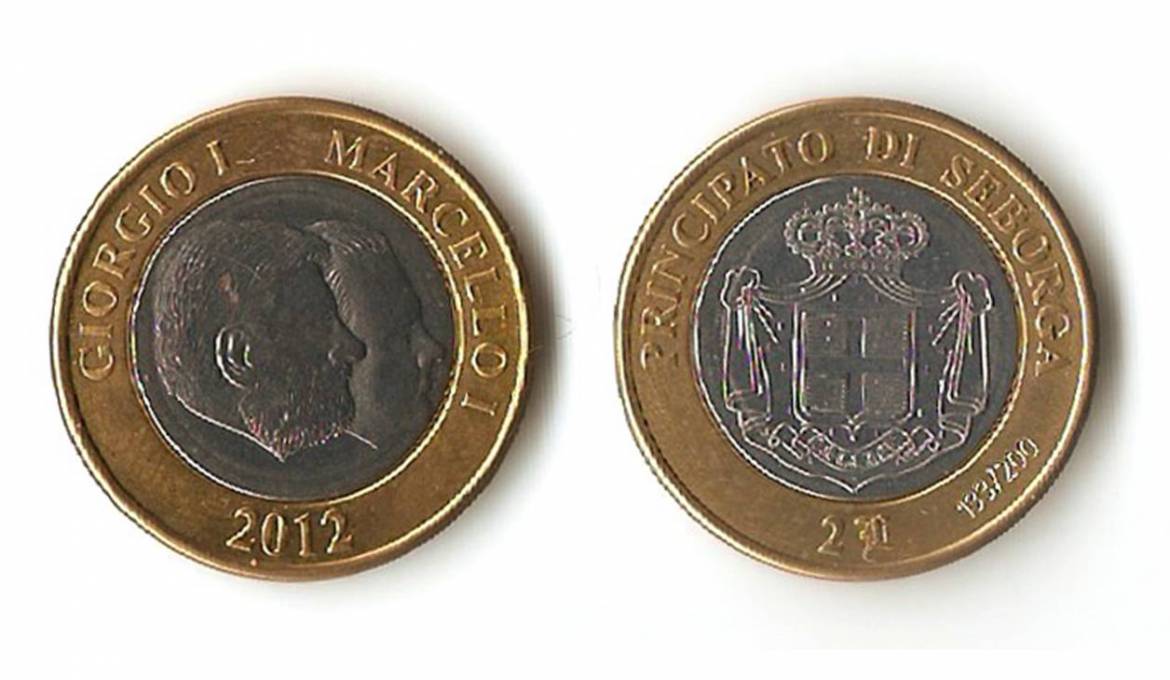
If you dream of olive groves and beautiful countryside and amazing views as you drive along country roads not too far from Monaco, put it on your list for «la piccolo Dolce Vita» exploring a typical Italian medieval hillside village for a few hours.
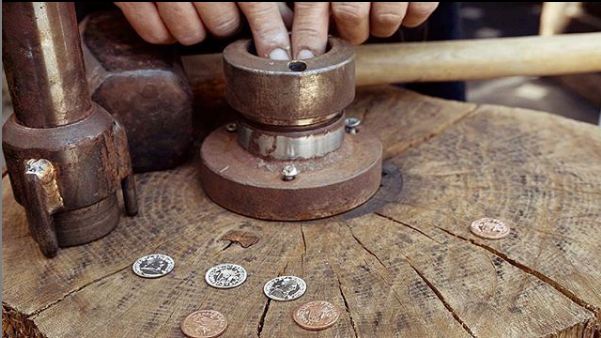
A Treasure Trove of History and Princely Trappings
For lovers of history and architecture, the center of Seborga is characterized by narrow alleys that feed around the medieval nucleus including ancient gates that protected the village, Porta San Martino, Porta di San Sebastiano, and Porta del Sole. In the center stands the seventeenth-century Baroque parish church of San Martino, with seventeenth-century paintings inside, including one depicting San Martino with San Bernardo and statues of San Martino and San Sebastiano.
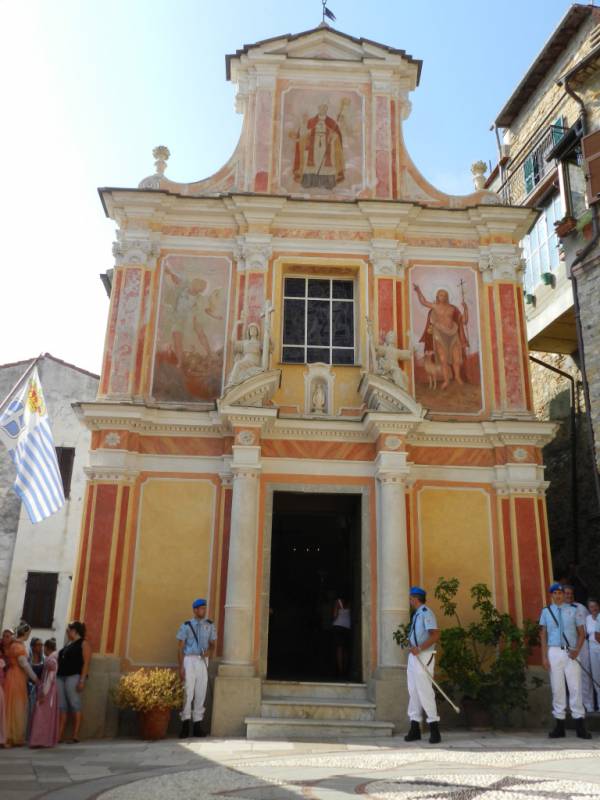
Close to the church of San Martino stands the Palazzo dei Monaci, where lies the ancient Seborghina mint. From 1666 to 1687 the local currency luigini was minted there. The palace, once a refuge for monks from the abbey of Lerino, nowadays is a private home. On the facade of the Palace proudly reigns the characteristic coat of arms of Seborga granted by the King of Sardinia around 1760.
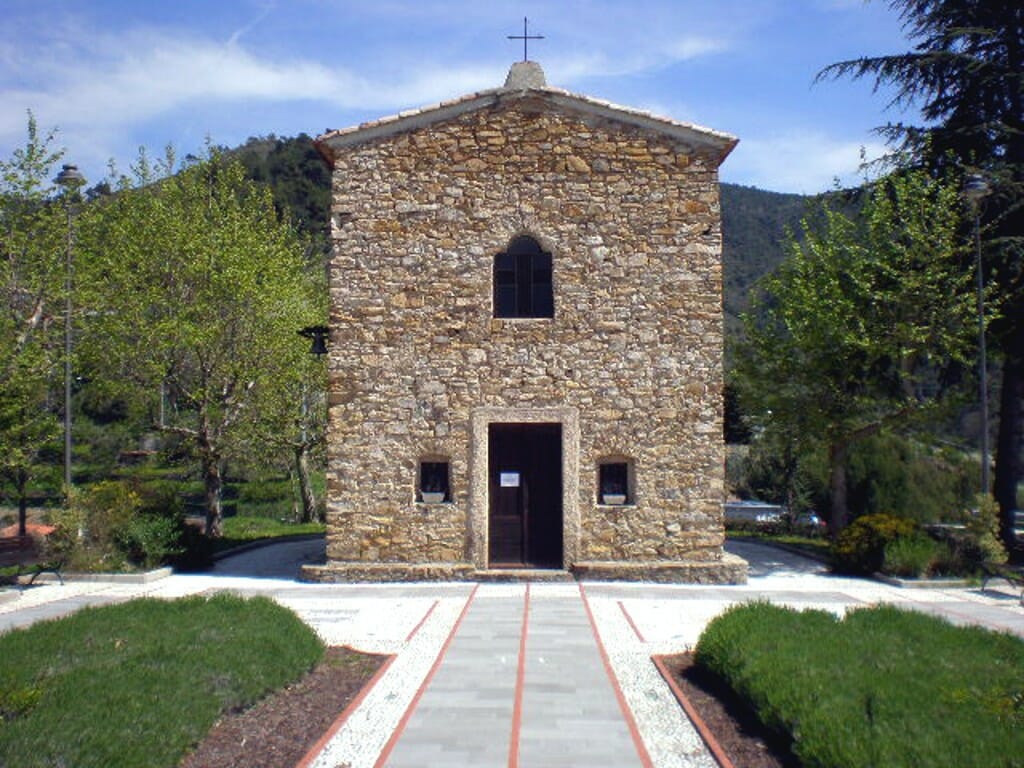
At the entrance to the center stands a small fourteenth-century stone church dedicated to San Bernardo di Chiaravalle. This is where the Prince of Seborga and the Council of the Crown swear-in at the beginning of their mandate and every August 20 when the solemn feast of the Principality takes place.
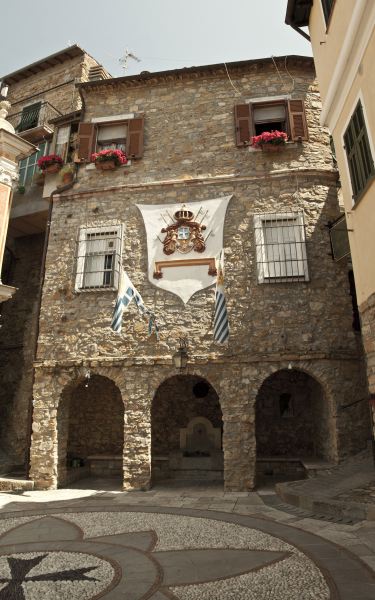
In the town hall, not to be missed, there is also a Museum of musical instruments, which contains almost 200 instruments from a private collection. These are ancient instruments, a few of which are still fully functional, ranging from the mid-1700s to the present day. And what other Italian villages can you go to which has its own coins, luigini that can be spent in the town, its own stamps beloved by philatelists and even car plates and ceremonial border patrols…
Rich in local culture and tradition, there is nothing like the warmth of rural festivals — and Seborga’s has the spice of pomp to add to its religious legacy of which San Bernardo takes pride of place.
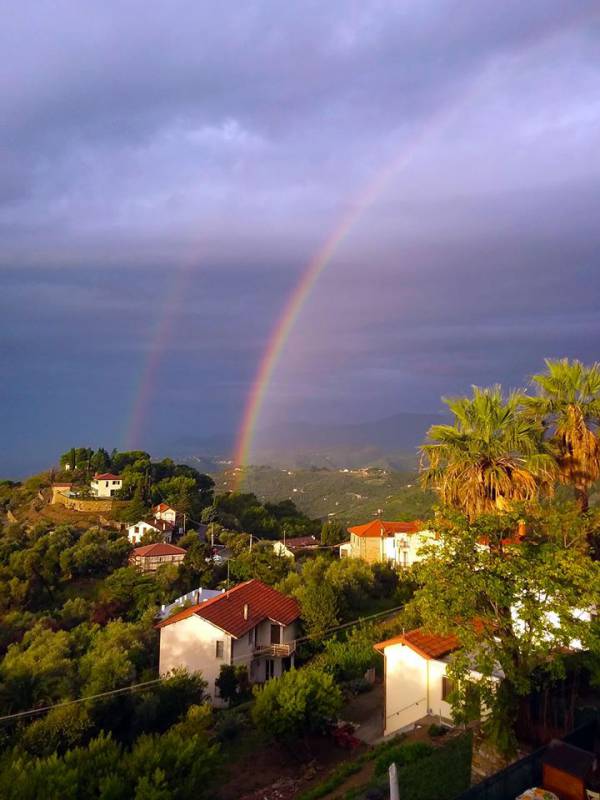
Delicious Pasta and Wine
And your day out would not be complete without authentic Ligurian cuisine surrounded by the warm and generous-hearted Italian (whoops Seborgan) welcome and superb wines. In this ancient venue of Knights Templar try the simply delicious stuffed ravioli in a walnut cream sauce and roast rabbit served by two delightfully friendly sisters at Osteria del Coniglio. This is a wild game country and you will find a goat or wild boar on the menu in season. All for a price that may surprise you that there are still places in the world that provide very good value for your luigini — or euro if you prefer. For an absolutely breath-taking view, if you like to spend a little more, try the princely Ristorante Marcellino’s with panoramic views over the coast and mountains; signature fish and meat and of course, delicious pasta and wine, and yet more wonderful wine.
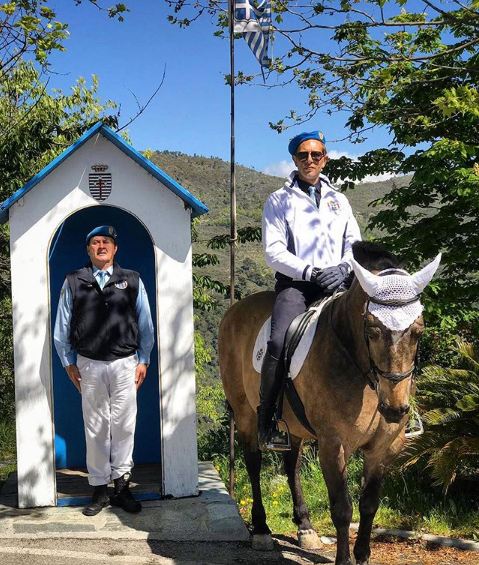
Princes and Constitutional crises
After the death of Giorgio I in 2009 Seborgans elected a new ruler — His Serene Highness Marcello I Menegatto (yes — princes in Seborga are elected every seven years). In 2019 he announced his intention to abdicate, and a few months later in 2019 his ex-wife Nina, a Minister of Foreign Affairs, was elected as Principessa, the first woman at the head of the Principality. La Sua Tremendità Nina is going to attract more tourists to her village — «to make Seborga bloom again».
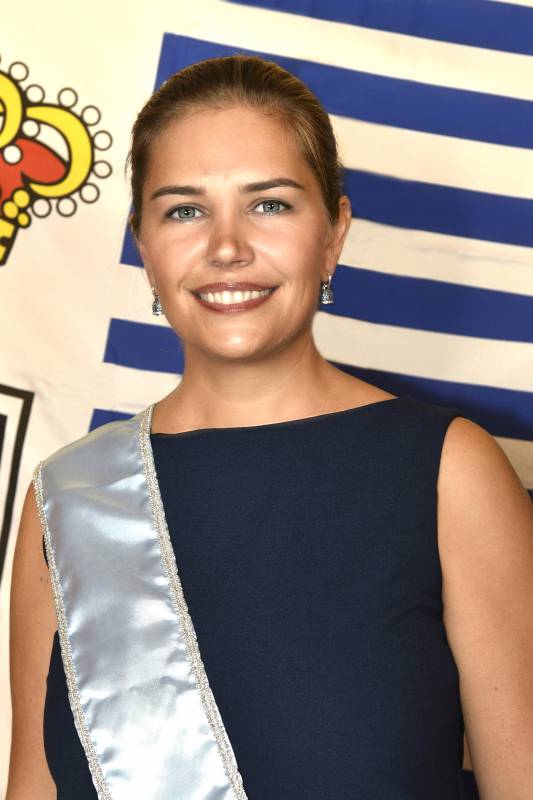
Constitutions come with constitutional crises! In 2006 princess Yasmine von Hohenstaufen Anjou Plantagenet of Savoy claimed to be the rightful heir to the throne of Seborga. But Seborgans stayed faithful to their spiritual leader Giorgio Carbone. And even more perhaps tongue in cheek, an attempted coup by a French pretender called Nicolas Mutte who pronounced himself as the new Prince of the Principality. Marcello I had to defend his title in court.
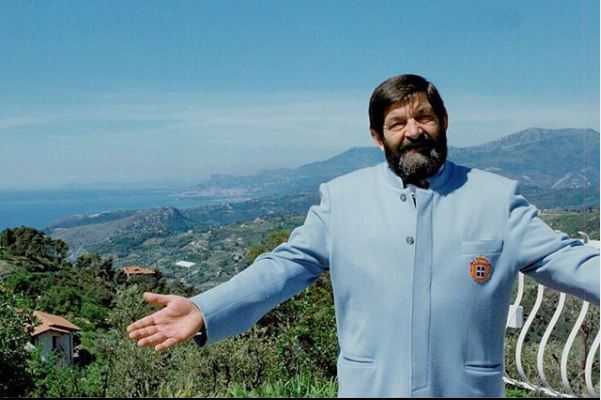
All hilarious theatrics that adds to the many reasons to sample the charms of this delightful, beautiful rural village whose population deem themselves independent.
